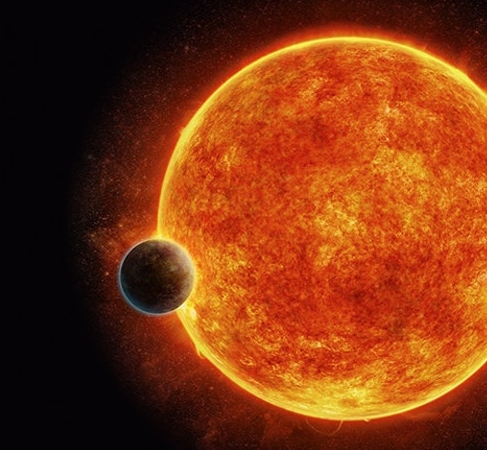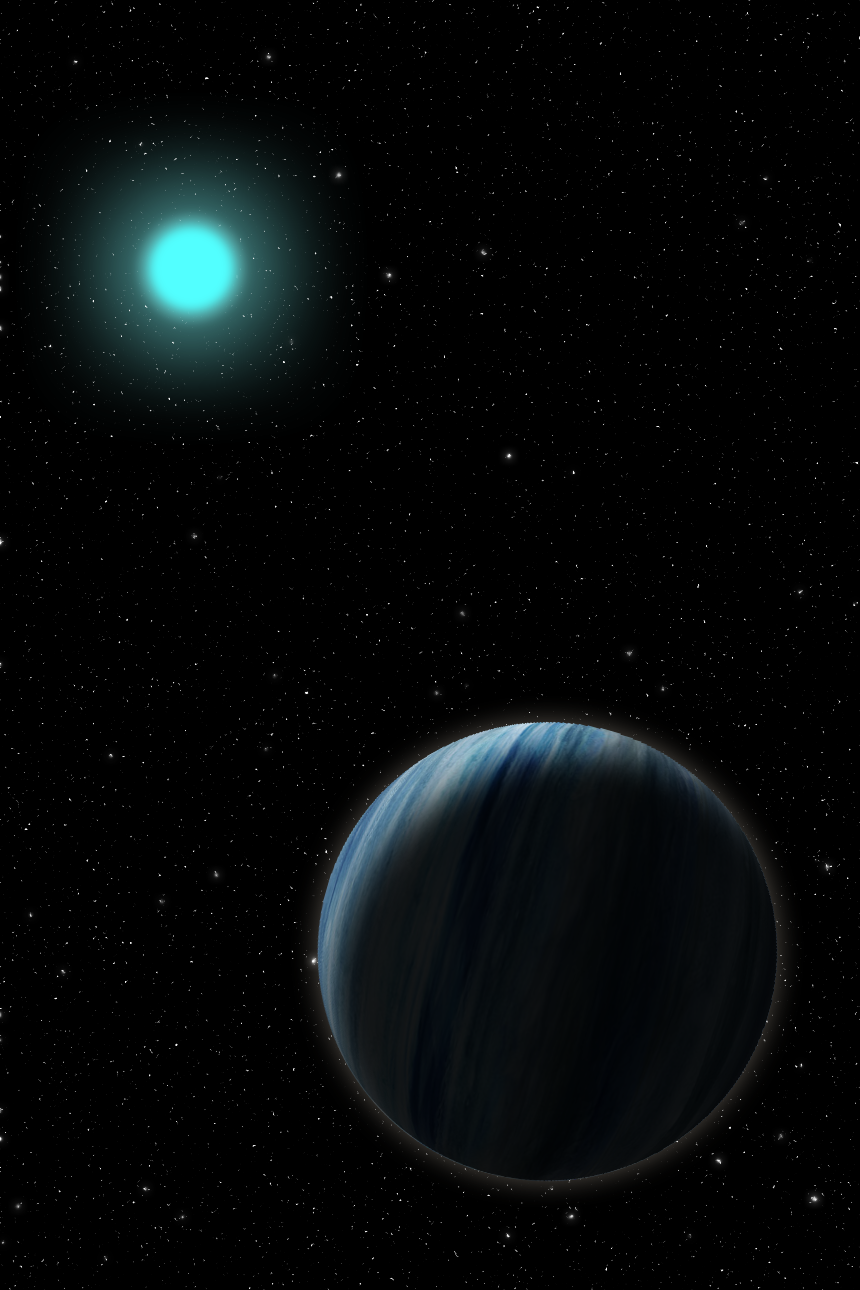About Me
I'm a Ph.D. candidate in the UC Berkeley Department of Astronomy. I search for and study extrasolar planets using statistical modeling and data from various ground-based and space telescopes. My advisor is Professor Courtney Dressing.
I graduated from the University of Chicago in 2017 with a B.A. in Physics with specialization in Astrophysics. While in Chicago, I studied planetary migration and dust transport in protoplanetary disks with Professor Arieh Königl.




